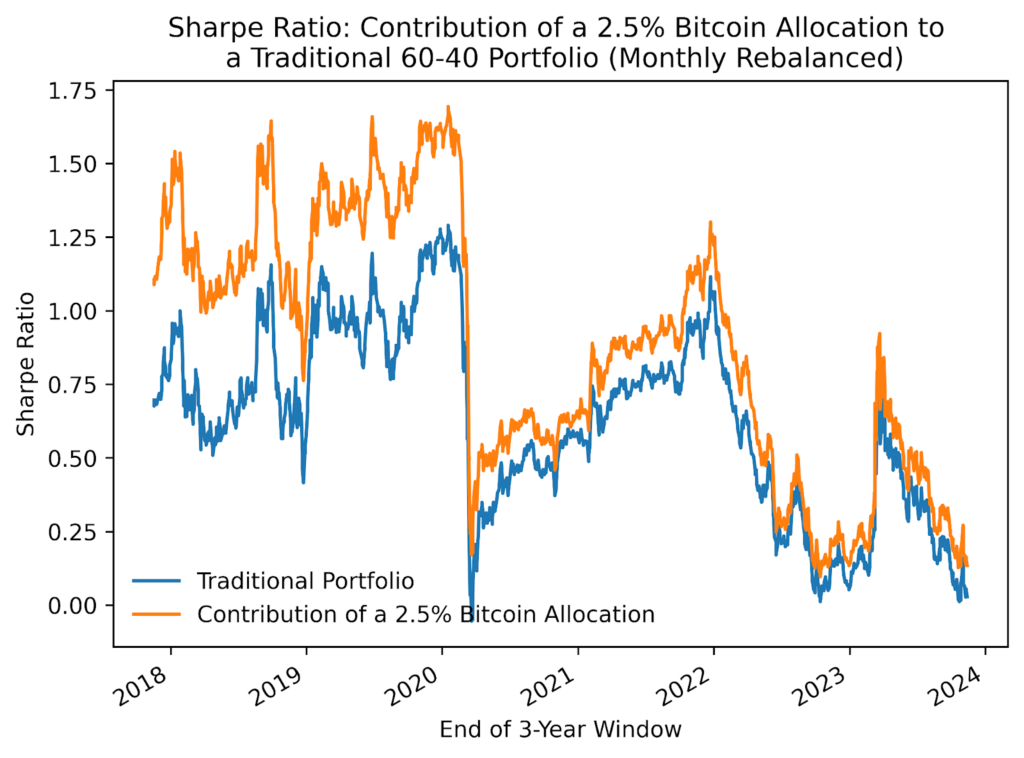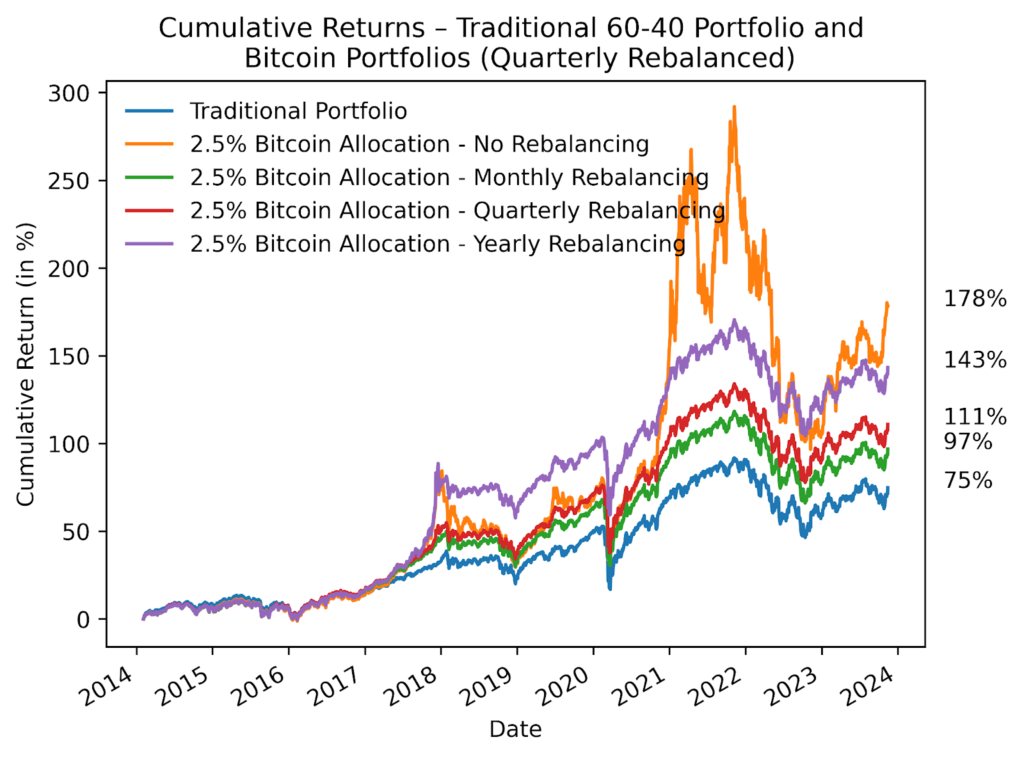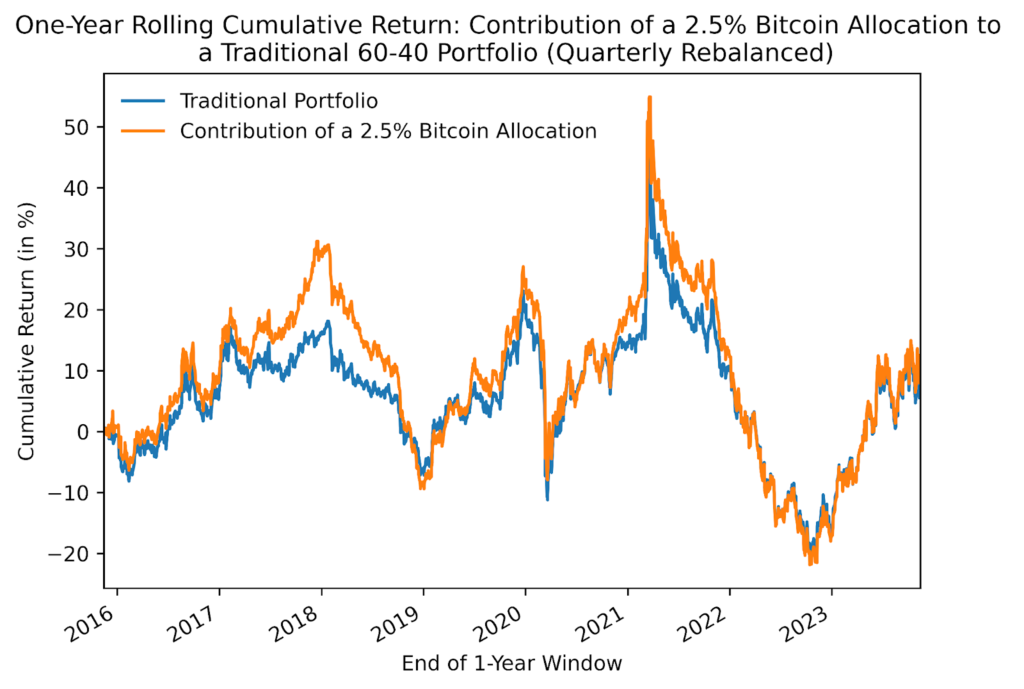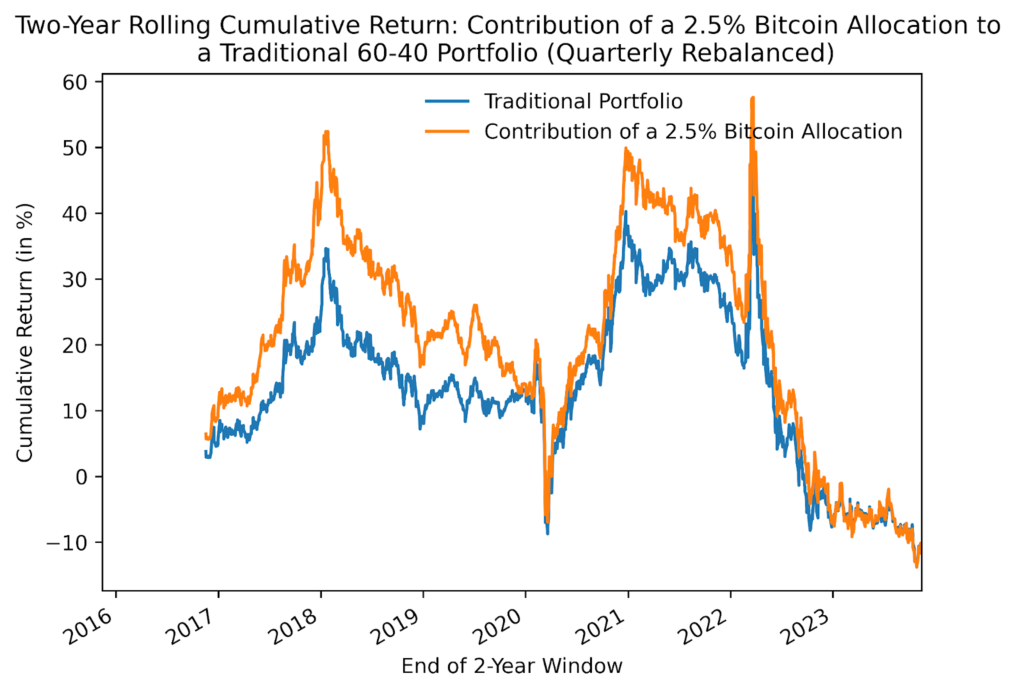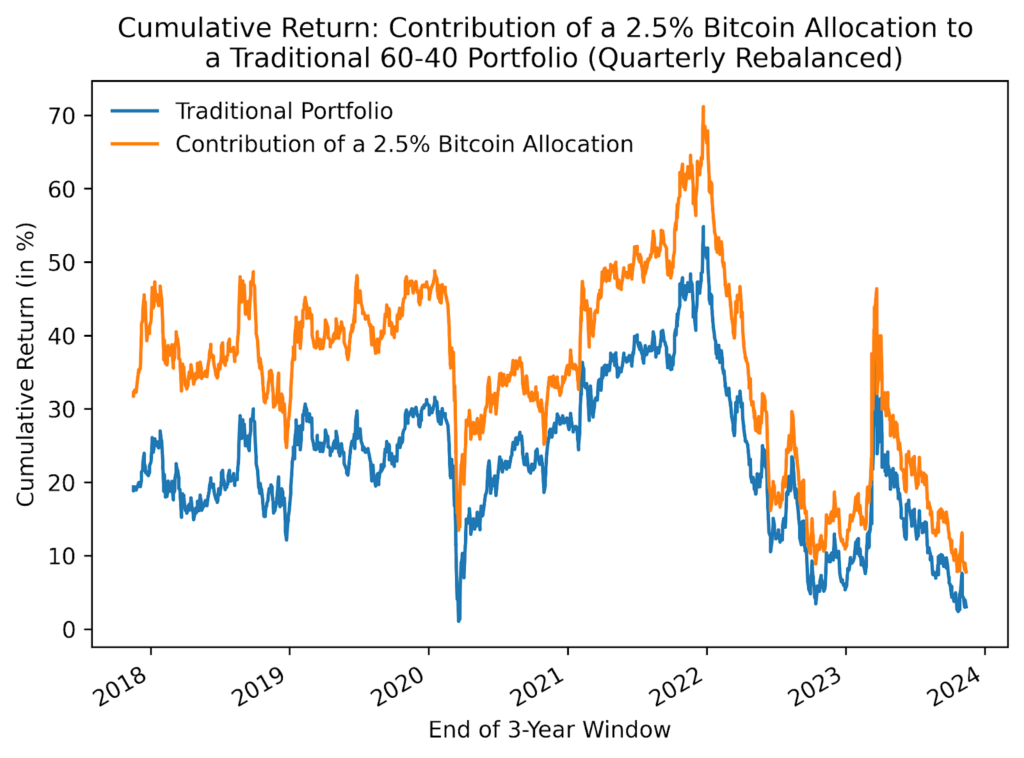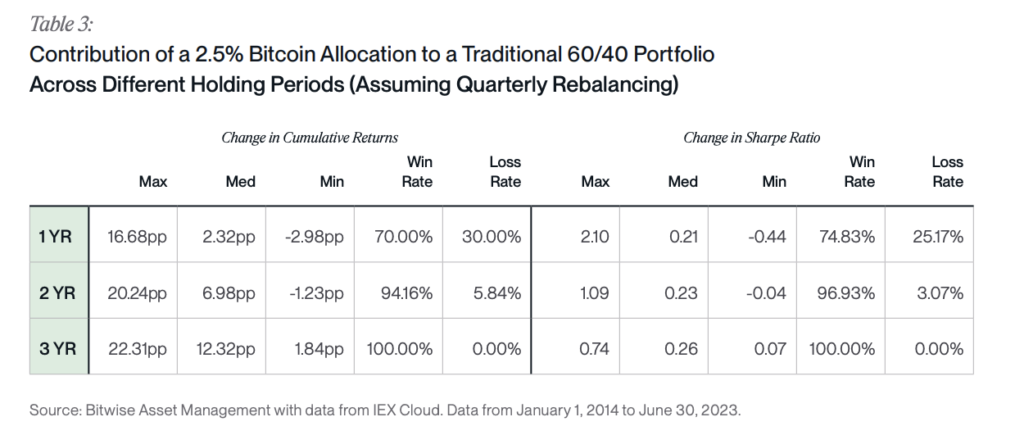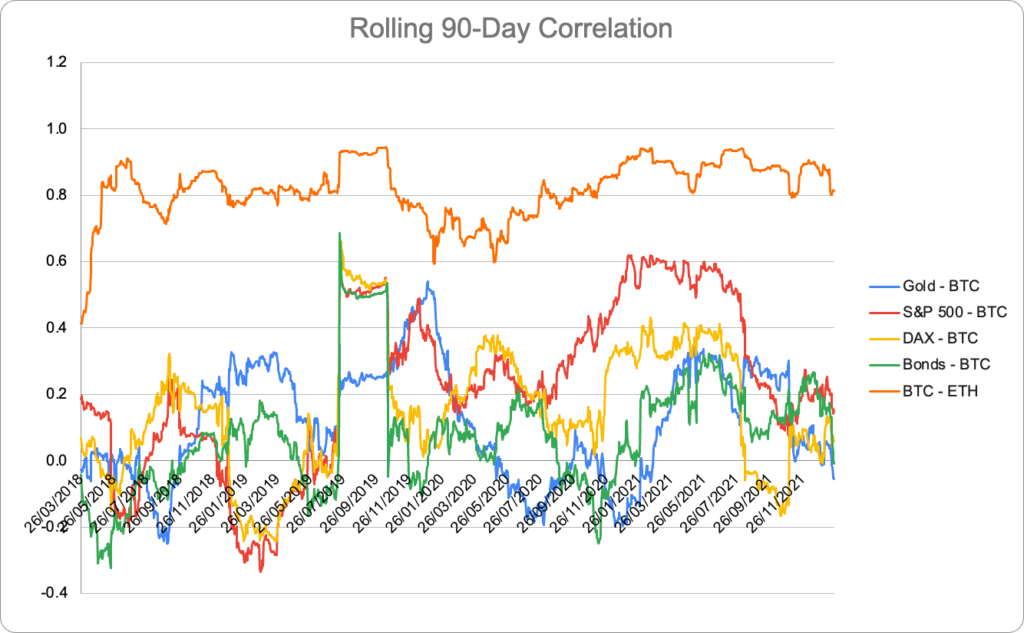In the realm of cryptocurrency investment, a distinct preference for Bitcoin-centric companies has emerged among a segment of investors driven by various factors, including philosophical beliefs and concerns over anonymity. Companies like Relai cater to such investors by offering Bitcoin transactions without the need for Know Your Customer (KYC) procedures for purchases up to a certain limit daily.
This inclination towards Bitcoin-only platforms also stems from regulatory considerations, as other digital currencies risk being classified as securities by authoritative bodies like the SEC. Notably, recent legal developments have stirred the crypto community, especially following the SEC’s case concerning XRP. This article provides an overview of several Bitcoin-only exchanges and services that prioritize privacy, security, and adherence to the core values of Bitcoin maximalism, alongside insights into unique investment avenues like purchasing directly from miners.
Some investors want to work exclusively with companies that only handle Bitcoin transactions. This is often due to philosophical reasons, such as “Bitcoin Maximalism.” However, this preference may also stem from a desire to stay completely anonymous. The Bitcoin-only company Relai allows individuals to buy up to $1,000 per day without doing any KYC.
Another reason that investors may prefer Bitcoin-only companies is risk-reduction. Other digital assets are considered securities by the Securities Exchange Commission in the U.S. Since alternative digital assets “alt-coins” may be securities, the exchanges that sell them are violating the Securities Act for selling unregistered securities.
It is important to note that the SEC lost its case against the alt-coin XRP in 2023. In July, the United States Southern District Court of New York found that XRP (and thus cryptocurrency) was not a security when sold to the public on an exchange.
| Bitcoin Only Exchange, Broker, or OTC-Desk | Inception Date | Domicile |
|---|---|---|
| Relai Relai is based in Switzerland and is Europe’s most accessible Bitcoin-only investment app. It enables instant Bitcoin purchases through SEPA payment integration. Relai does not take custody of the client’s Bitcoin. | 2020 | Switzerland |
| River Unlike Relai, River does offer custody as well. They use multisig cold storage and offer no trading fees on recurring trades such as dollar-cost averaging strategies. | 2019 | USA |
| Swan Founded by the toxic maximalist Cory Klippsten, Swan offers a range of services from custodial Bitcoin retirement plans to advisory services. | 2019 | USA |
| Pocket Pocket automatically exchanges bank transfers into Bitcoin and sends them directly to the client’s Bitcoin wallet, similar to Relai. No account, no registration, straight from the investor’s banking app. | 2020 | Switzerland |
“In November 2023, we sold around 800 BTC with a trading volume of around 25 million EUR. We are currently selling around 25 BTC per day, with around 1m EUR trading volume per day on average.” Julian Liniger, CEO of Relai
An alternative to buying Bitcoin from an exchange, OTC desk, or broker is to buy directly from the miners that secure the Bitcoin network. Bitcoin miners can sell “clean” Bitcoin to investors who want to own Bitcoin with no transaction history. The demand for clean Bitcoin may increase if regulators continue to blacklist certain wallet addresses and mixing technologies.
The landscape of cryptocurrency investing is increasingly accommodating investors who prefer to deal exclusively with Bitcoin, underpinned by a blend of philosophical, privacy, and regulatory considerations. Platforms like Relai and River have positioned themselves as leaders in this niche, offering services tailored to the needs of Bitcoin maximalists and those seeking to mitigate regulatory risks associated with altcoins.
Despite the challenges posed by the evolving regulatory environment, as evidenced by the notable case against XRP, these Bitcoin-only entities provide a secure and compliant avenue for investors. Furthermore, the option to purchase “clean” Bitcoin directly from miners presents an intriguing opportunity for investors looking to bypass traditional exchanges altogether, highlighting the diverse strategies within the Bitcoin ecosystem designed to meet the demands of a broad investor base.












